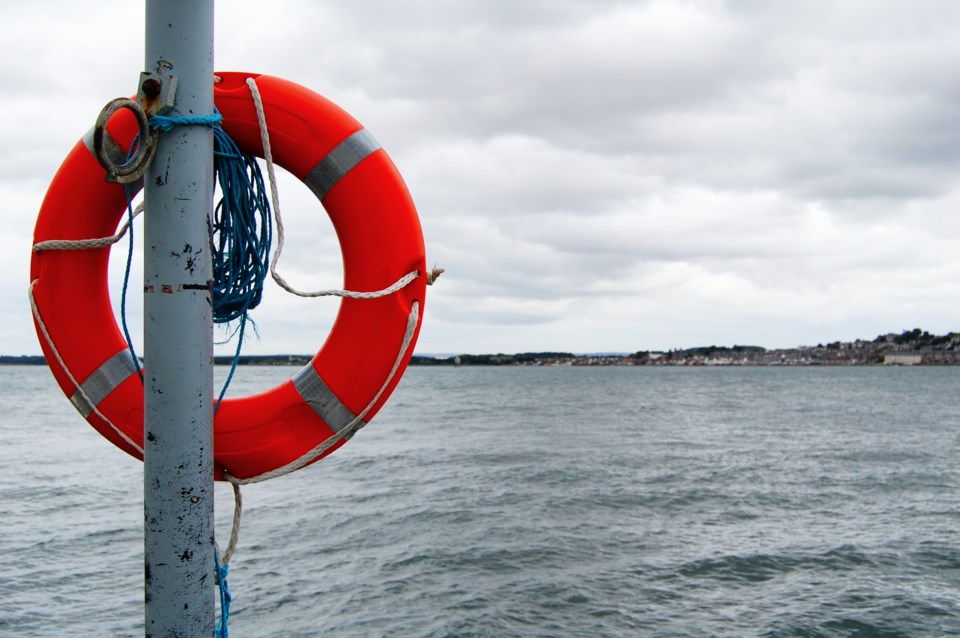There are breakups and then there are breakups.
And the breakup of Kevin Falcon and John Rustad, on full display last week, is a truly nasty one of epic proportion.
Rustad, the leader of the B.C. Conservative Party, rejected a bizarre proposal from Falcon’s party, B.C. United, to carve up the electoral map along lines that greatly favoured the United side.
The next day, Falcon’s party unleashed a full personal attack on Rustad, calling him selfish and accusing him of putting his personal ambitions ahead of the public interest. Rustad returned fire, saying Falcon was “irrational and unreasonable and prepared to lie.”
Hoo boy.
But a close examination of what B.C. United was proposing shows Rustad made the right call if he is truly interested in growing his party and taking on the NDP government.
Agreeing to the audacious and somewhat absurd proposal from B.C. United would have likely buried his party’s chances of emerging as the alternative to the sitting government, or of even climbing up to become the Official Opposition party.
The B.C. United proposal would effectively prevent either party from forming a majority government on its own, as it would allow the B.C. Conservatives to field a maximum of 47 candidates and the B.C. United Party a maximum of 46.
B.C. United proposed keeping its 15 incumbent candidates, and to enter a “draft” which would see the B.C. Conservatives select three candidates for every one candidate chosen by B.C. United, until the two sides had equal numbers and then it would be alternative picks.
The problem with this approach, from the B.C. Conservatives’ perspective, is that B.C. United would get to keep much of the most potentially conservative regions of the province, forcing the B.C. Conservatives into hitting a wall early on when it came to putting candidates in competitive ridings.
For example, the Peace River region, the Cariboo, Kamloops, east Kootenays and south Delta — eight ridings that could quite conceivably line up behind the B.C. Conservatives come the October election — would all be off-limits because they are all currently represented by B.C. United incumbents.
The NDP has a vice-grip on about 40 ridings (it won 44 seats with a victory margin of at least 15 percentage points in 2020, and 35 seats with a margin of more than 20 per cent), which means there is precious little real estate left to pursue after you include the 15 B.C. United candidates.
Under this proposed drafting system, the B.C. Conservatives would be able to name candidates in about 20 ridings that might be considered winnable. Most of its other candidates would be sacrificial lambs in NDP fortress ridings like Vancouver-Hastings, Vancouver-Renfrew or any of the Burnaby and Vancouver Island ridings.
The strongest conservative regions are the North, the Interior and the Fraser Valley, and B.C. United wants to hang onto as much of its territory in those areas as possible.
Hence the wacky proposal, and hence Rustad’s quick and firm rejection of it.
The B.C. United Party, struggling to stay afloat in B.C.’s turbulent political waters, was hoping to be tossed a lifesaver by John Rustad and the B.C. Conservatives. Instead, Rustad and his side opted to throw them an anvil.
Keith Baldrey is chief political reporter for Global BC.




